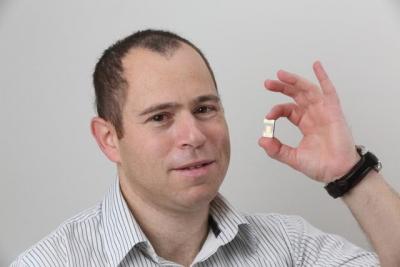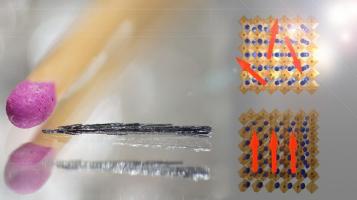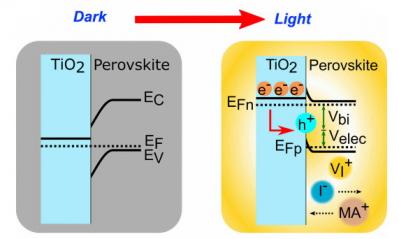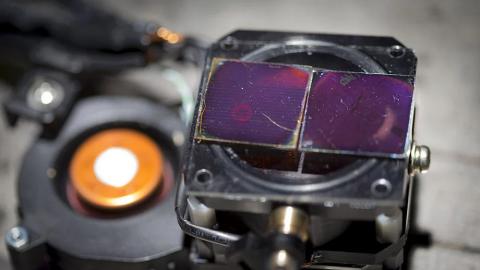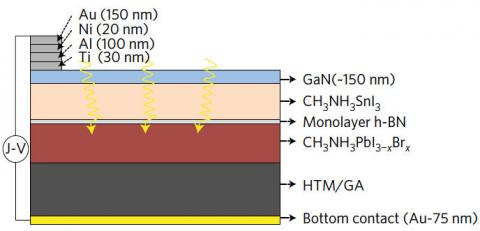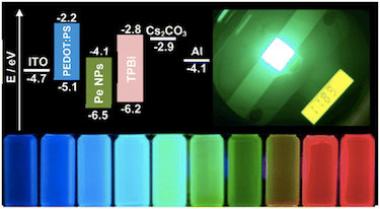Warwick U team designs tin-based perovskite solar cells
Researchers at the University of Warwick in the UK designed an environmentally friendly perovskite solar cell in which lead is substituted for tin with reportedly undiminished rates of performance but at cheaper cost and with lower toxicity.
The team stated that tin-based perovskites are much more stable than previously thought, and also render solar power cheaper, safer and possibly even more commercially attractive. "The device structure can be greatly simplified without compromising performance, which leads to the important advantage of reduced fabrication cost" the scientists say.
